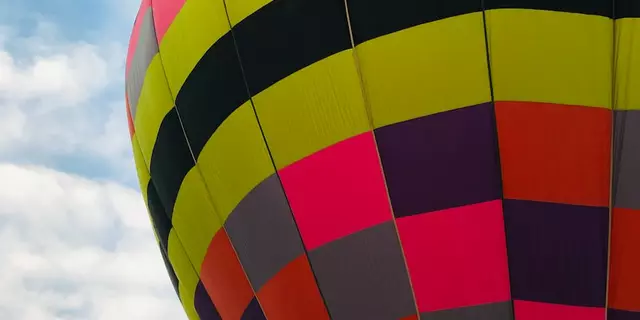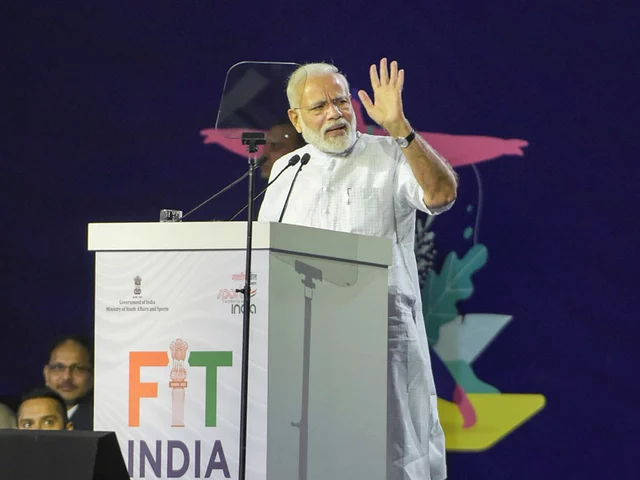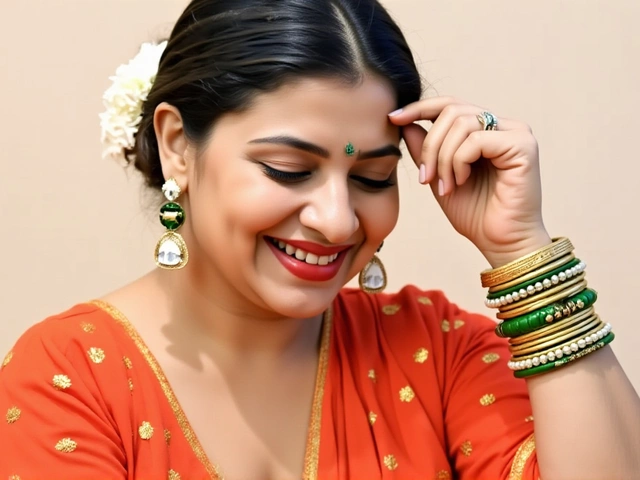48MP Cameras: What They Offer and How to Pick One
Ever wondered why some phones brag about a 48MP sensor? In plain terms, a 48MP camera can capture more detail than a lower‑megapixel one. That extra detail shows up as sharper prints, better cropping options, and clearer zoomed‑in shots. But more pixels don’t automatically mean better pictures – the sensor size, lens quality, and software play huge roles too.
Why 48MP Can Be a Real Advantage
First off, a 48MP sensor records about 8 million more pixels than a 12MP chip. When you look at a landscape photo taken in bright daylight, the extra pixels let you see fine textures like leaf veins or brick patterns that a 12MP shot might blur. This matters if you like to crop heavily or print large photos. Also, many 48MP phones use pixel‑binning: they combine four tiny pixels into one larger one, improving low‑light performance while still delivering a 12MP image with less noise.
Another perk is flexibility. Some devices let you switch between a high‑resolution 48MP mode and a standard 12MP mode. You can keep the 12MP setting for everyday snaps – faster processing, smaller files – and switch to 48MP when you need that extra detail for a special moment.
Things to Watch Out For
More pixels mean larger file sizes. A single 48MP photo can easily exceed 10 MB, which fills up storage quickly and takes longer to edit. If you’re not planning to crop or print big, you might never use the extra detail and just waste space.
Sensor size matters just as much as megapixels. A tiny 48MP sensor squeezed into a slim phone can still struggle in low light, producing grainy images despite pixel‑binning. Look for phones that pair a 48MP sensor with a decent aperture (like f/1.8) and optical image stabilization (OIS) for steadier shots.
Software processing is the hidden hero. Brands that invest in AI‑driven HDR, noise reduction, and color tuning can make a 48MP image look natural. Poor software can oversharpen or introduce halos, turning a high‑resolution file into a noisy mess.
So, how do you decide if a 48MP camera is right for you? Ask yourself three simple questions:
- Do you often crop or print large photos? If yes, the extra detail is useful.
- Do you care about low‑light performance? Then check the sensor size and OIS, not just the megapixel count.
- Are you okay with larger file sizes and occasional slower processing? If you’re fine with that, a 48MP phone can be a good fit.
When you shop, compare real sample photos, not just marketing shots. Look for side‑by‑side comparisons of 12MP vs. 48MP mode on the same device. Notice how colors, sharpness, and noise behave in both bright and dim settings.
In short, 48MP cameras offer real benefits for detail‑hungry users, but they’re not a magic bullet. Pair the high‑resolution sensor with a good lens, solid stabilization, and smart software, and you’ll get photos that stand out. If you mostly share on social media and don’t need huge prints, a good 12MP camera might be enough and will keep your storage tidy.
Remember, the best camera is the one that fits your everyday needs. Whether you stick with 12MP or upgrade to 48MP, focus on overall image quality, not just the pixel count.
Arvind Chatterjee, Jan, 31 2023
How is Xiaomi Redmi Note 8 smartphone?
Xiaomi Redmi Note 8 is a budget-friendly smartphone with a sleek design and powerful performance. It features a 6.3” IPS LCD display with a resolution of 1080 x 2340 pixels, an octa-core Qualcomm Snapdragon 665 processor, 4GB RAM, 64GB internal storage, and a 4000mAh battery. The device is equipped with a 48MP + 8MP + 2MP + 2MP quad-camera setup and a 13MP selfie camera. Additionally, it runs on Android 9.0 Pie and is powered by MIUI 10. Xiaomi Redmi Note 8 is an excellent choice for those who are looking for an affordable, good-looking and powerful phone.
View More




